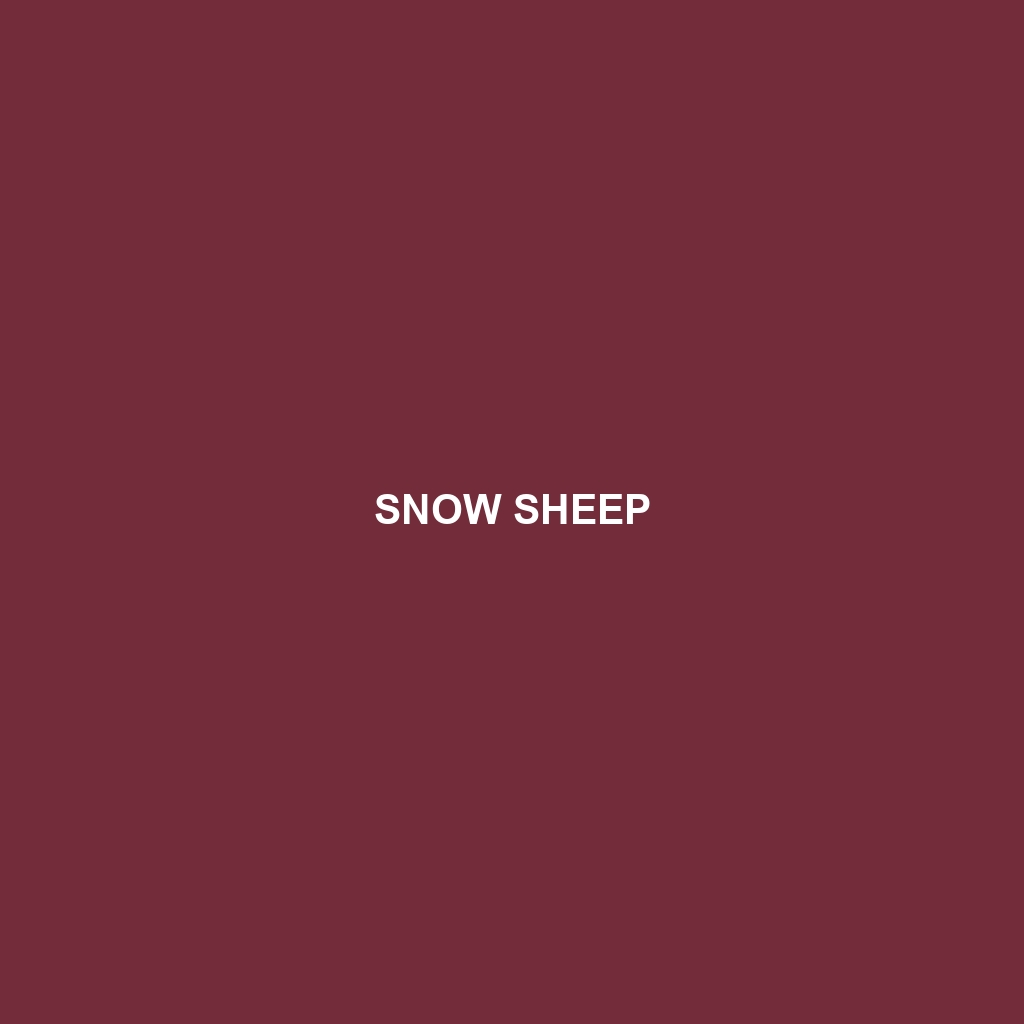Asian Mouflon: Overview and Characteristics
Common Name: Asian Mouflon
Scientific Name: Ovis orientalis
Habitat
The Asian Mouflon is primarily found in the mountainous and hilly regions of Central and South Asia. Specifically, this species inhabits areas such as the Caucasus, northern Iran, and the mountainous terrains of Central Asia including Afghanistan and Pakistan. These regions provide the rugged terrain and diverse vegetation that are essential for their survival.
Physical Characteristics
The Asian Mouflon exhibits distinct physical features that set it apart from related species. Adult males typically weigh between 70 to 90 kg (154 to 198 lbs) and possess large, curved horns that can grow up to 90 cm (35 inches) long. Females, on the other hand, are smaller, weighing about 40 to 60 kg (88 to 132 lbs). Their coat varies in color, with shades ranging from reddish-brown to grayish-brown, adorned with white patches on the belly and face, which helps in camouflage against their rugged habitat.
Behavior
Asian Mouflons are known for their social behavior, often forming small herds consisting of females and young males, while older males tend to be more solitary. They are primarily diurnal, displaying peak activity during the early morning and late evening hours. These animals are also proficient climbers, which aids them in evading predators and foraging for food.
Diet
The diet of the Asian Mouflon primarily consists of grasses, shrubs, and herbs. They are herbivorous grazers, with a preference for young shoots and leaves. Their foraging habits are crucial for maintaining vegetation diversity in their habitat, as they help control plant growth through grazing.
Reproduction
Breeding season for the Asian Mouflon typically occurs in the fall, with females giving birth to one or two lambs after a gestation period of about 5 months. The lambs are usually born in late spring, coinciding with the abundance of food, which is essential for their early development. Maternal care is strong, with females fiercely protecting their young from potential threats.
Conservation Status
As of the latest assessments, the Asian Mouflon is listed as ‘Near Threatened’ on the IUCN Red List. Their populations face threats from habitat loss, hunting, and competition with domestic livestock, which highlight the need for effective conservation measures to ensure their survival.
Interesting Facts
Asian Mouflons are considered one of the ancestors of domestic sheep, showcasing significant evolutionary adaptation. They also exhibit seasonal coat changes, with their fur becoming thicker during the winter months to provide insulation against the cold.
Role in Ecosystem
The Asian Mouflon plays a vital role in its ecosystem as a herbivore. By feeding on various plants, they help maintain the balance of the vegetation in their habitat, which in turn supports a diverse range of other species. Their grazing habits encourage the growth of certain plant species and provide food sources for predators such as wolves and leopards.
This HTML content is structured to provide a comprehensive, SEO-optimized description of the Asian Mouflon, including relevant keywords to enhance search visibility while maintaining informative quality and clarity.
